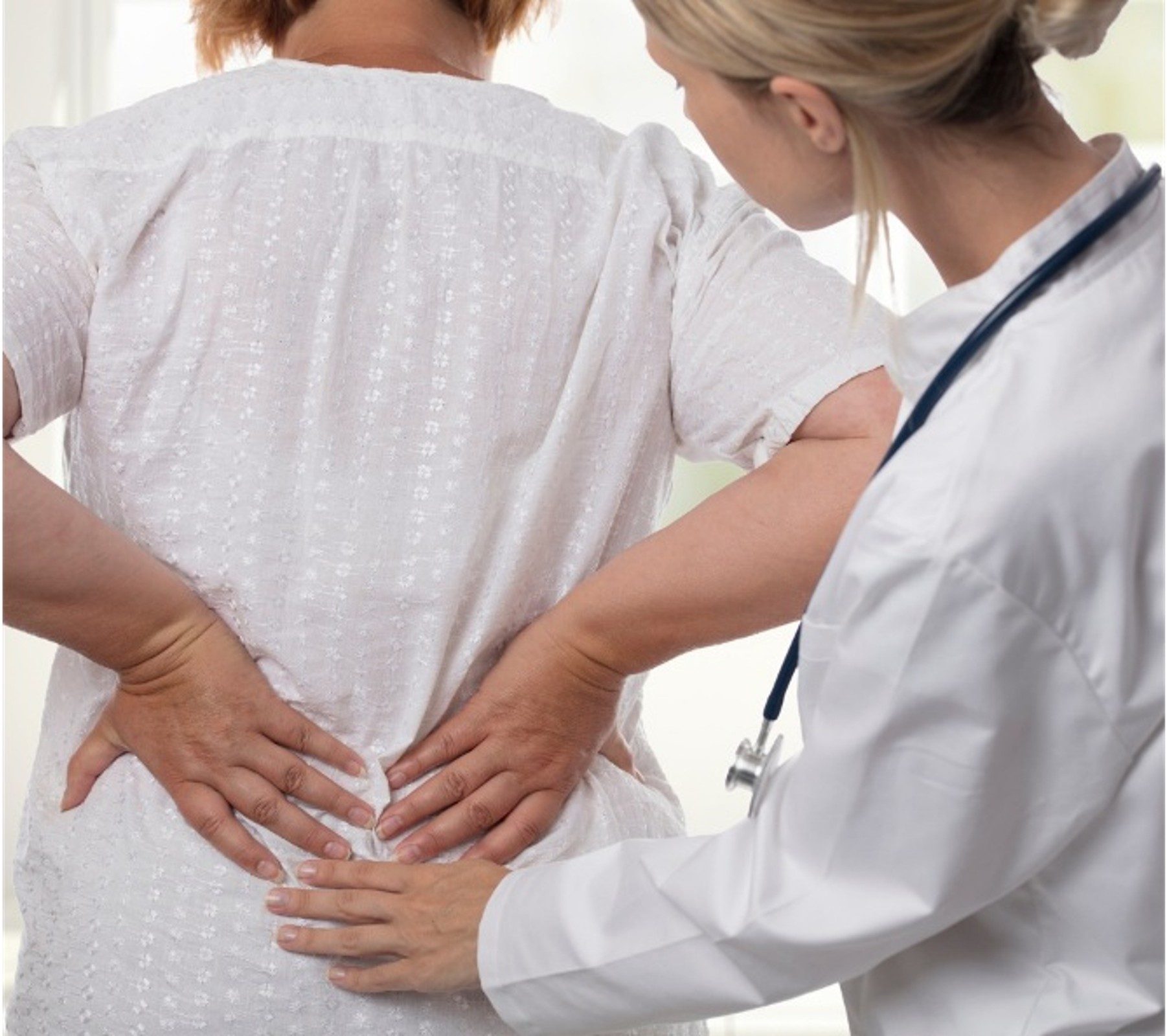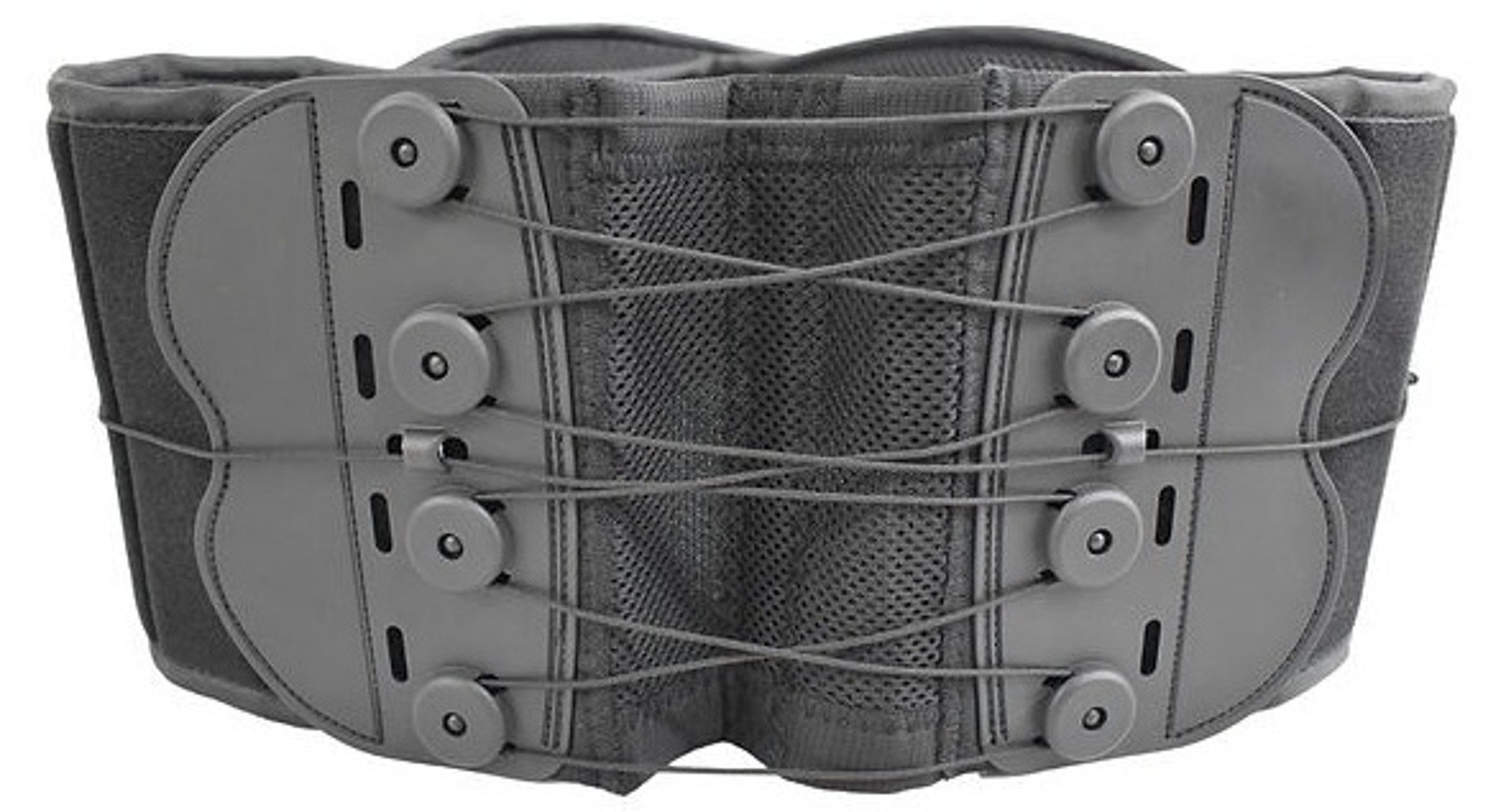
Common Back Injuries
It's important to note that back injuries can vary widely in terms of severity and symptoms. Treatment options may include rest, use of an orthopedic support, therapy and in some cases prescribed medication. If you suspect you have a back injury or are experiencing persistent back pain, it's essential to consult a healthcare professional for a proper diagnosis and treatment plan.

Low Back Pain can have various causes, and it's a common complaint that can affect people of all ages. Understanding the cause of your lower back pain is crucial for effective treatment. The indications noted here represent the most common injuries related to back discomfort and pain.
Strains and Sprains These injuries involve the stretching or tearing of muscles (strains) or ligaments (sprains) in the back. They often occur due to sudden movements, lifting heavy objects improperly, or overexertion.
Herniated Disc Also known as a slipped or ruptured disc, this occurs when the soft inner core of an intervertebral disc pushes through the tough outer layer. It can press on nearby nerves, causing pain, numbness, or weakness.
Sciatica is not an injury itself but rather a symptom of an underlying problem. It results from compression or irritation of the sciatic nerve, causing pain that radiates down the leg from the lower back.
Muscle Spasms Sudden, involuntary muscle contractions or muscle spasms in the back can be extremely painful and are often related to muscle strain or overuse.
Can an Orthopedic Back Support Help with Pain Relief and Recovery?
Depending upon the diagnosis of your back injury, an orthopedic back support can assist with pain relief and add stability when the low back is in distress. By placing the lower back in a safe, supportive posture, this support can help provide a healthy healing environment for the current injury and prevent additional injuries.
A low back support can help alleviate some of the weight normally placed on the lower back, in the process reducing pressure on the spine’s joints, discs, and muscles. By reducing spinal pressure, a back support may lessen painful muscle tension that is a common protective reaction following an injury.
Limiting painful movements and postures can also help improve awareness of the body’s positioning (proprioception), which allows the wearer to consciously adjust posture for improved back healing and health.
Adding a back brace to a treatment regimen has been shown in studies to improve mobility and pain scores better than only physical therapy and pain medication.

Orthopedic Products
Immediate Relief and
Treatment for Your Injuries
















